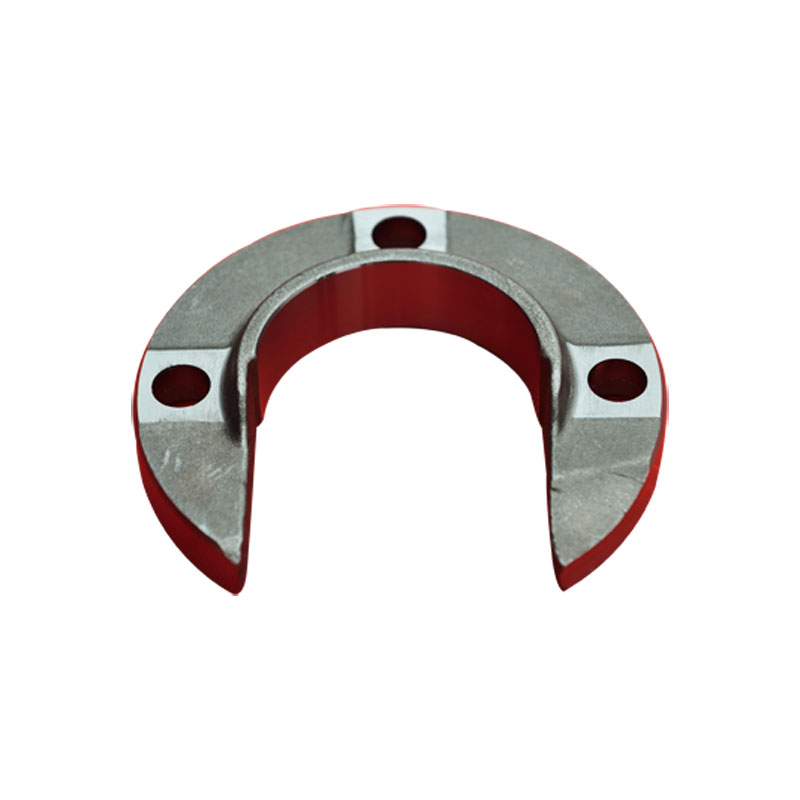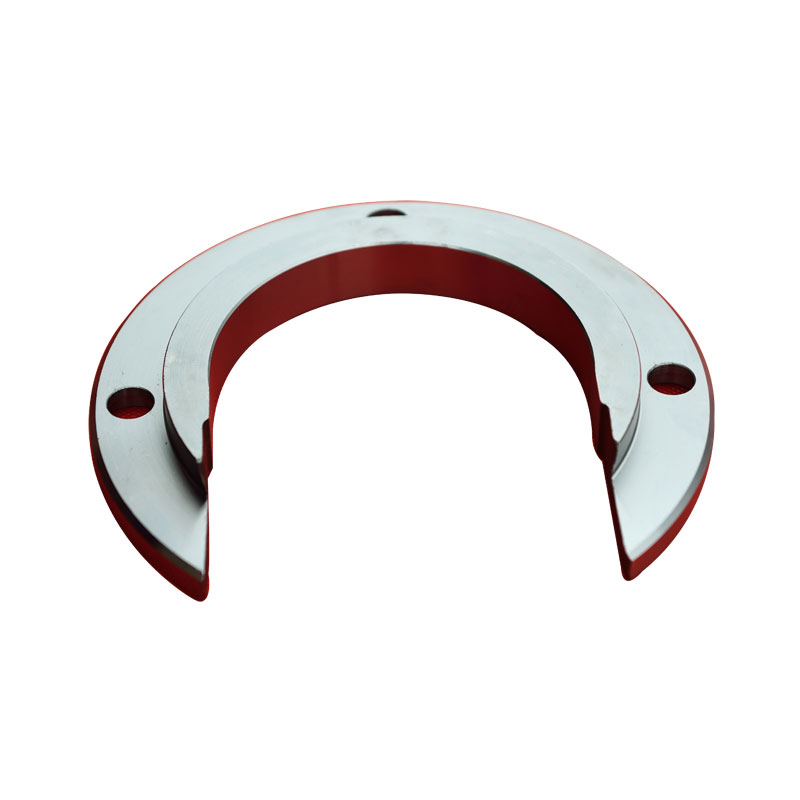What does forgings quality inspection include?
2022-07-04
Specifically, the appearance of the forgings quality inspection is to check whether the shape and geometric size of the forgings meet the requirements of the pattern, whether the surface of the forgings has defects, what is the nature of the defects, what is their morphological characteristics. The inspection content of the surface state is generally to check whether there are surface cracks, folding, wrinkling, pit, orange peel, foaming, spot scar, corrosion pit, collision, foreign objects, not full, pit, lack of meat, scratch and other defects on the surface of the forging. The internal quality inspection is to check the internal quality of the forgings themselves, is the quality of the appearance quality inspection can not be found, it contains both the inspection of the internal defects of the forgings, also includes the inspection of the mechanical properties of the forgings, and the important parts, key parts or large forgings should also be chemical composition analysis. For internal defects we will check through low power inspection, fracture inspection, high power inspection method to check whether there are forgings such as internal crack, shrinkage hole, loose, coarse crystal, white point, dendritic crystallization, streamline does not conform to the shape, streamline disorder, flow, coarse crystal ring, oxide film, stratification, overheating, burning tissue defects. The mechanical properties are mainly to check the normal temperature tensile strength, plasticity, toughness, hardness, fatigue strength, high temperature instantaneous fracture strength, high temperature durable strength, durable plasticity and high temperature creep strength.
Because of forgings made parts, the stress distribution in the process of use, the important degree, the working condition is different, its materials and metallurgy process is different, so different parts according to the above situation and according to the requirements of the department will forgings to separate categories, different departments, different standards for the classification of the forgings are also different. But in any case, for forgings quality inspection as a whole are inseparable from the two categories of inspection, that is, the appearance quality and internal quality inspection, but forgings of different categories, the specific inspection items, inspection quantity and inspection requirements are different. For example, some industrial departments will structural steel, stainless steel, heat-resistant steel forgings are divided into class ⅳ for inspection, some departments will aluminum alloy forgings and die forgings are divided into class ⅲ for inspection according to their use, and some departments will aluminum alloy, copper alloy forgings are divided into class ⅳ for inspection.
These are real pictures of forgings produced by Tongxin precision forging company






